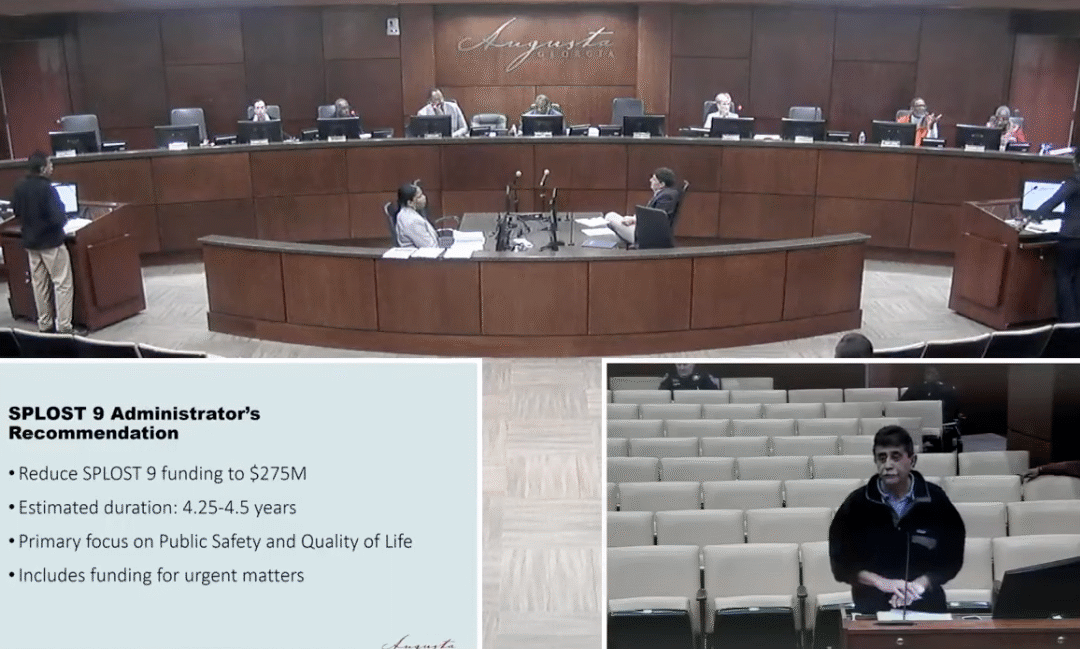Christopher Columbus might have thought he was making a discovery when in 1492, he sailed the ocean blue, but modern scholars believe America was actually “discovered” over 13,000 years ago by the Clovis people of Siberia, whose descendants eventually made it to what we call the CSRA.
The early settlers of the local land were primarily hunter-gatherers, and they built no lasting monuments or had written languages that survive to the present; however, there are traces of their existence left behind in the form of arrowheads and pottery shards as well as the “shellfish mittens” on Stalling’s Island.
More is known about later Native Americans through the writings and records of the English colonists who lived nearby.
One tribe was known to the Europeans as the Westo people, who inhabited Augusta along what they called the Westobou River.
According to the New Georgia Encyclopedia, it appears the Westo tribe made contact with the colonists somewhere around 1660, and the two groups forged a friendly relationship. Eventually, the colonists traded pelts and other items for firearms, which gave the Westo people a distinct advantage over other tribes.
The late Augusta historian Ed Cashin, wrote in his book, The Story of Augusta, that the Westos, being armed with gunpowder when other tribes had only arrows, began to control the trade routes from Savannah and Charles Town all along the Westobou River.
The Westos traded skins, but they were also known for capturing members of other tribes and selling them to the Europeans, making them among the first slave traders in the new colonies.
At first, there were few complaints, as the Westos were seen as an important buffer between South Carolina and the Spanish further south in Florida. However, Cashin writes that traders in Charles Town began to chafe at the Westos profiteering and armed and enlisted the Savannah Tribe among others to wage war, which they did.
As a final humiliation, the Westobou River was renamed the Savannah.
After the Westos were driven away, other Native American tribes settled the area. While these tribes all had names for themselves, such as the Muscogees and Euchees, to the White colonists, they were all simply called the Creek Tribe.
According to Barbara Seaborn, author of the book As Long As The River Runs: Highlights From Columbia County’s Past, when General James Oglethorpe chartered the colony of Georgia and established Augusta, he was particularly keen to show the indigenous Creeks kindness and respect.
By this time, the natives were engaged in more than the pelt and slave trade and fighting wars. The Creeks, Seaborne writes, grew food staples such as beans and corn and traded in tobacco. Unlike their hunter-gatherer ancestors, the Creek settled the area permanently.
There is an almost petrified oak tree hulk in the woods behind the sandbar on the South Carolina side of the river dubbed ‘the Redneck Riviera,’ which is west of downtown Augusta. According to legend, the hollow, burnt out tree is the remnant of the area’s first ‘convenience store.’
According to the lore, the tree was hollowed out by the Creeks and set afire from the inside; travelers and local villagers could stick a torch in the tree and take it back to camp to light a fire.
Given that the Creeks certainly knew how to start a fire without walking a mile to a burning tree, it is likely the tree was simply struck by lightning, but it still makes for a fun local legend.
…And that is something you may not have known.
Scott Hudson is the Senior Investigative Reporter and Editorial Page Editor for The Augusta Press. Reach him at scott@theaugustapress.com










